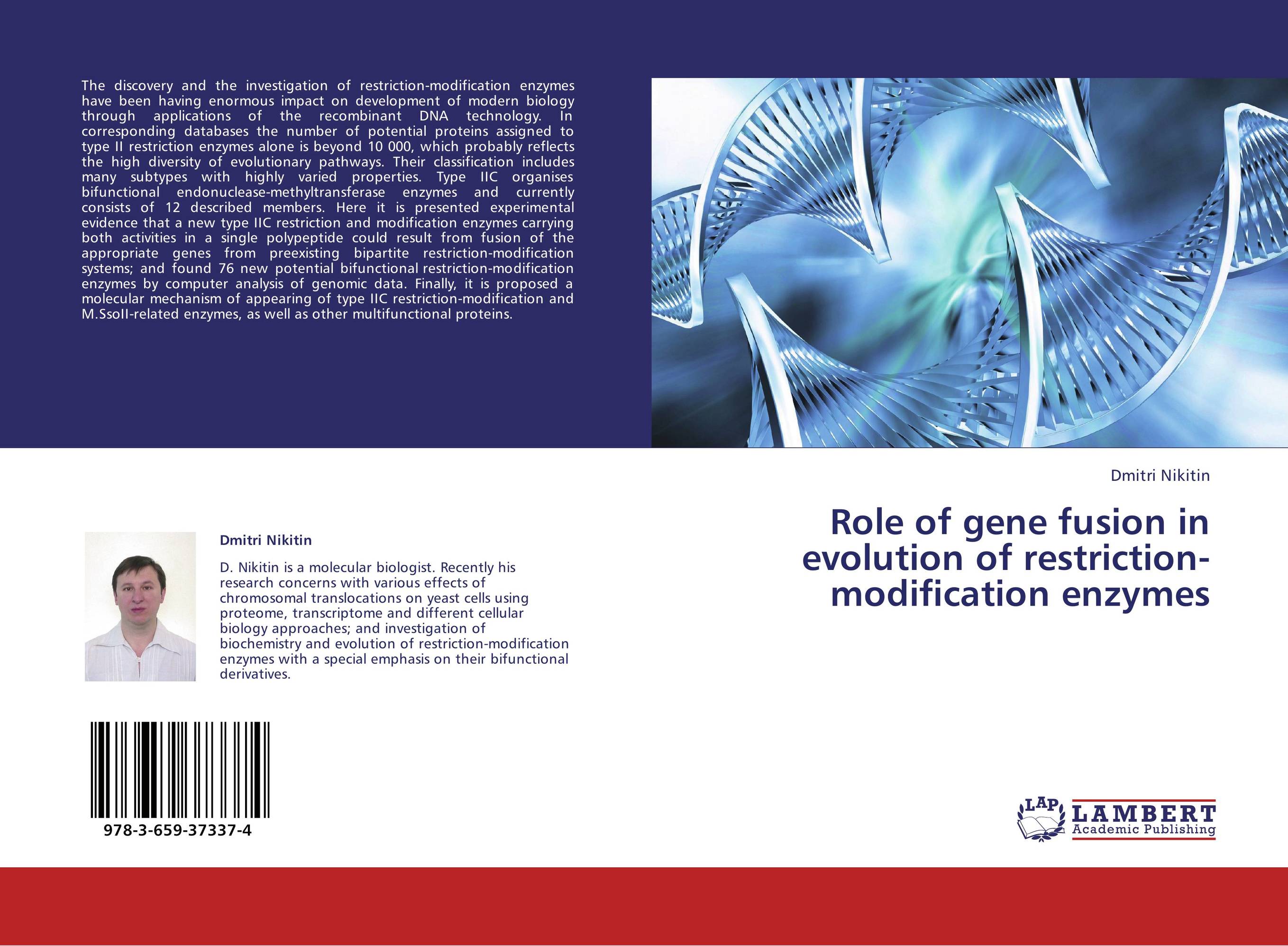| Поиск по каталогу |
|
(строгое соответствие)
|
- Профессиональная
- Научно-популярная
- Художественная
- Публицистика
- Детская
- Искусство
- Хобби, семья, дом
- Спорт
- Путеводители
- Блокноты, тетради, открытки
Role of gene fusion in evolution of restriction-modification enzymes.

В наличии
| Местонахождение: Алматы | Состояние экземпляра: новый |

Бумажная
версия
версия
Автор: Dmitri Nikitin
ISBN: 9783659373374
Год издания: 2013
Формат книги: 60×90/16 (145×215 мм)
Количество страниц: 56
Издательство: LAP LAMBERT Academic Publishing
Цена: 22726 тг
Положить в корзину
| Способы доставки в город Алматы * комплектация (срок до отгрузки) не более 2 рабочих дней |
| Самовывоз из города Алматы (пункты самовывоза партнёра CDEK) |
| Курьерская доставка CDEK из города Москва |
| Доставка Почтой России из города Москва |
Аннотация: The discovery and the investigation of restriction-modification enzymes have been having enormous impact on development of modern biology through applications of the recombinant DNA technology. In corresponding databases the number of potential proteins assigned to type II restriction enzymes alone is beyond 10 000, which probably reflects the high diversity of evolutionary pathways. Their classification includes many subtypes with highly varied properties. Type IIC organises bifunctional endonuclease-methyltransferase enzymes and currently consists of 12 described members. Here it is presented experimental evidence that a new type IIC restriction and modification enzymes carrying both activities in a single polypeptide could result from fusion of the appropriate genes from preexisting bipartite restriction-modification systems; and found 76 new potential bifunctional restriction-modification enzymes by computer analysis of genomic data. Finally, it is proposed a molecular mechanism of appearing of type IIC restriction-modification and M.SsoII-related enzymes, as well as other multifunctional proteins.
Ключевые слова: bifunctional enzymes, Restriction-modification system, Biochemistry, Evolution, Enzymes, biology, DNA technology, Polypeptide, genomic data, Proteins, Genome



